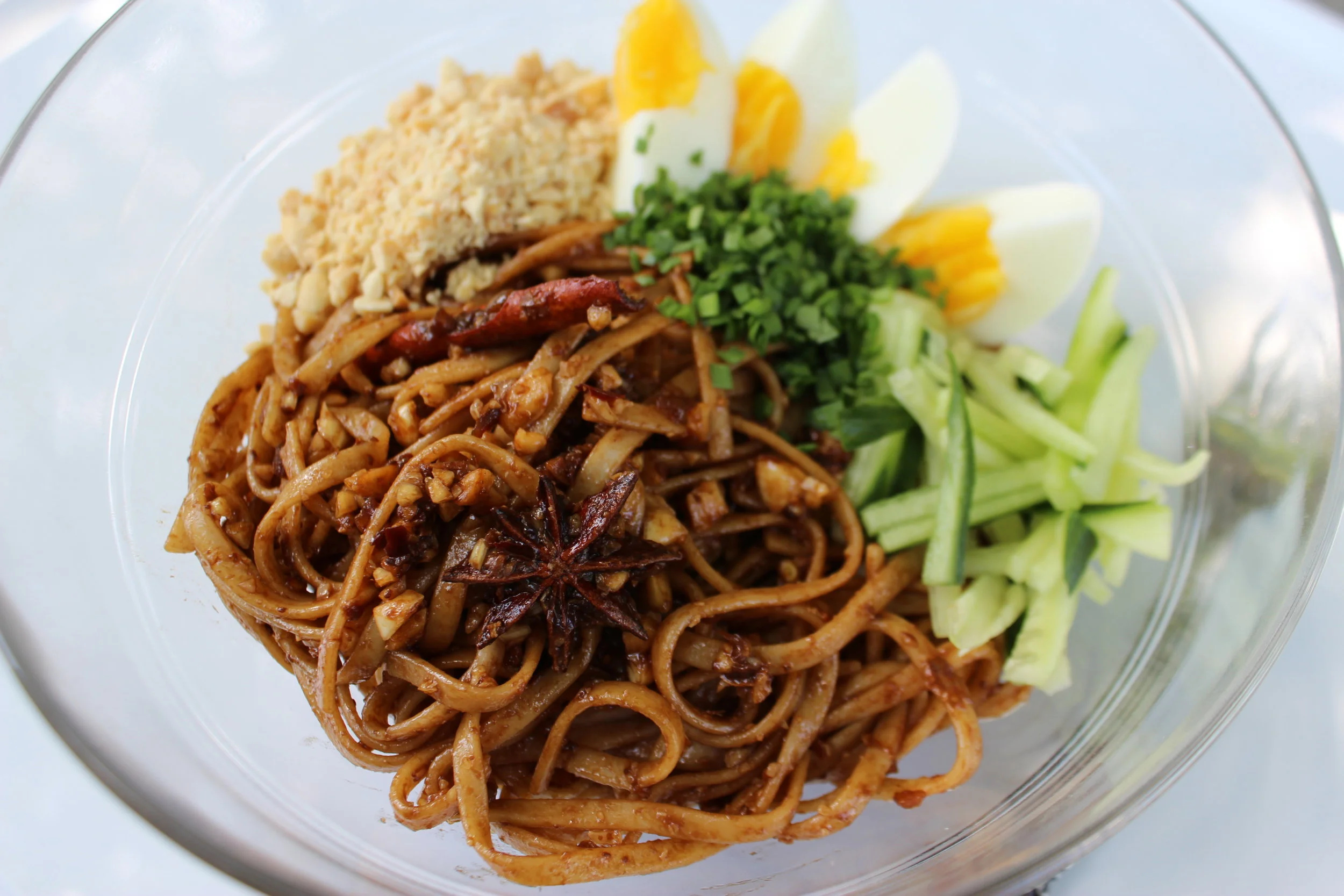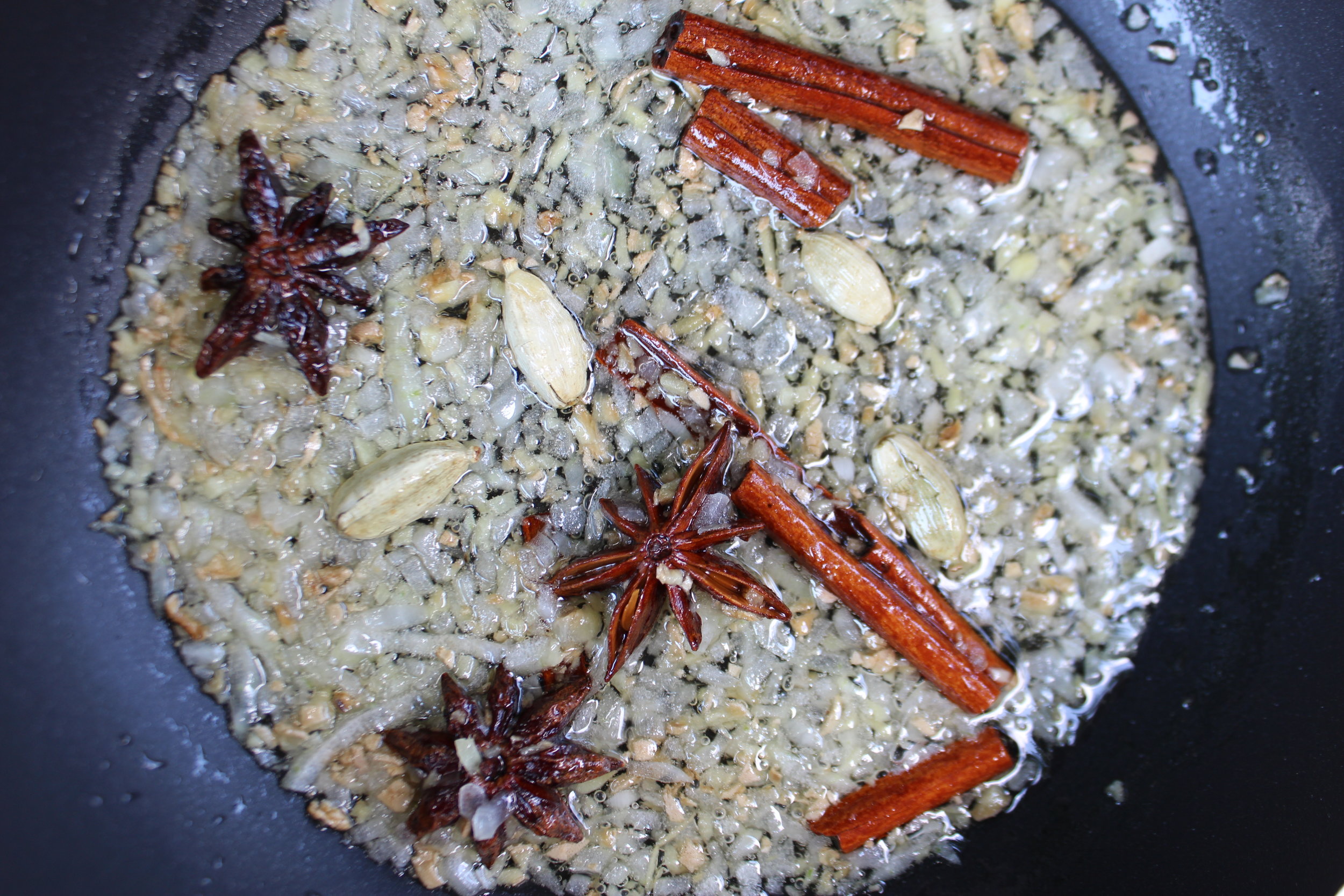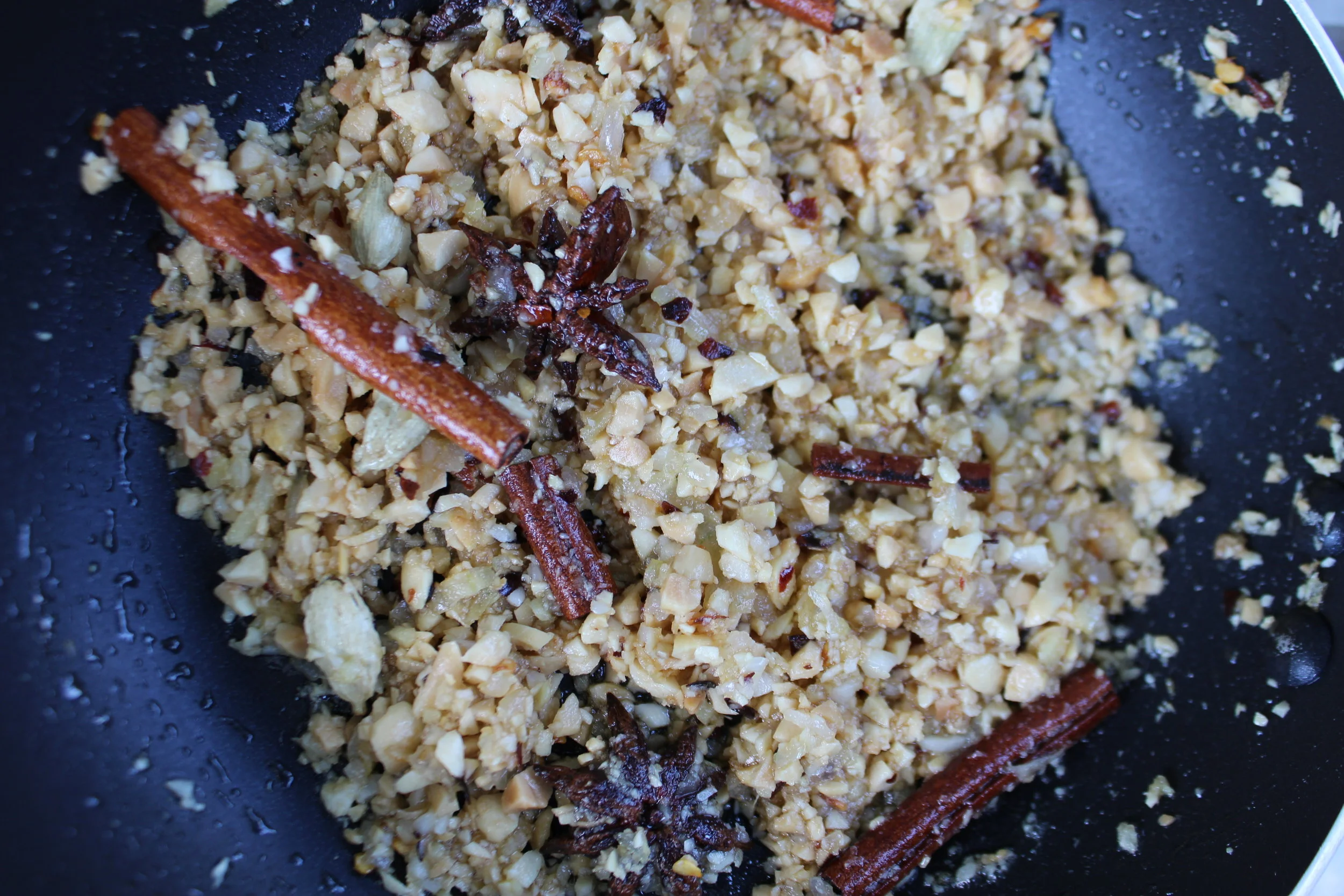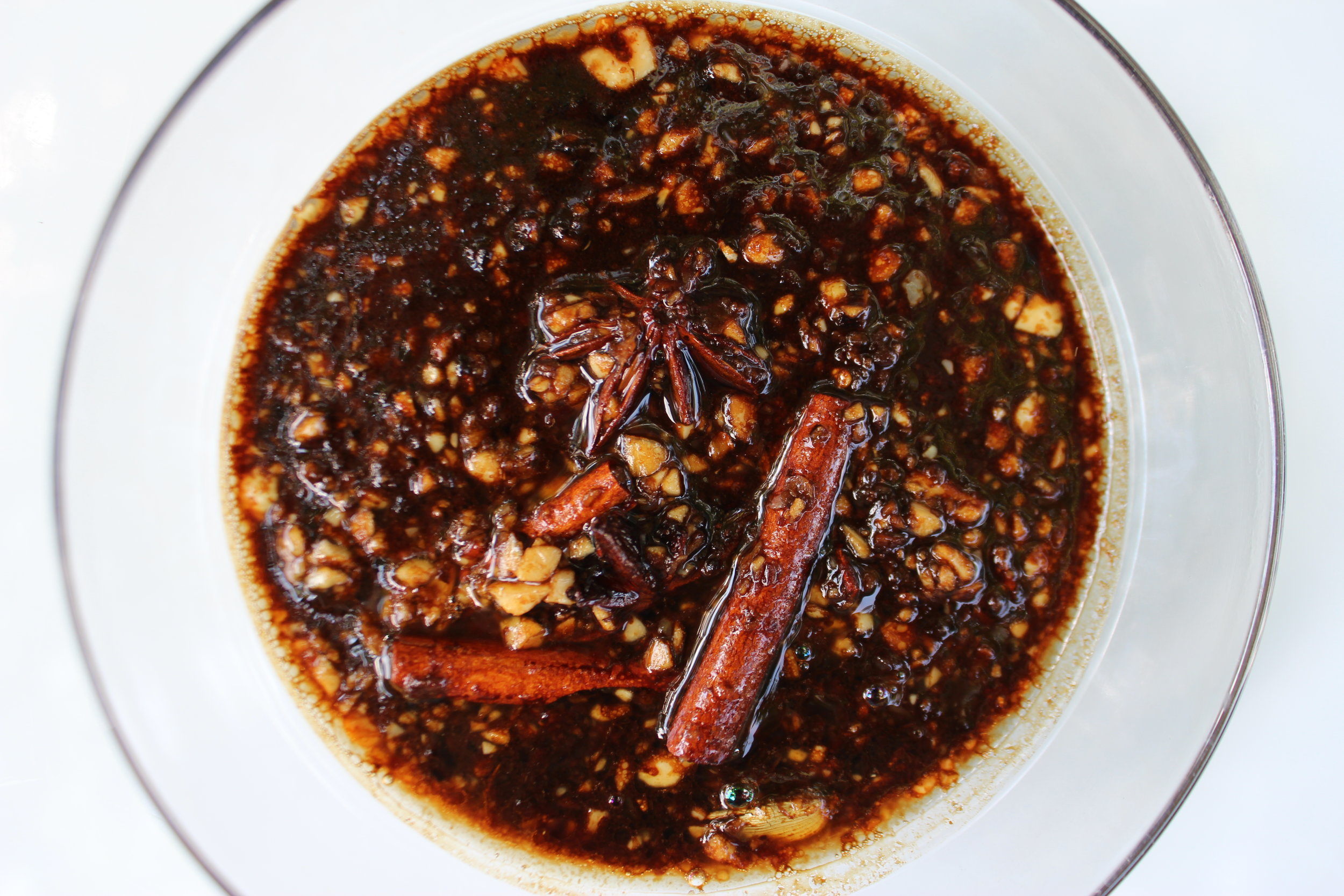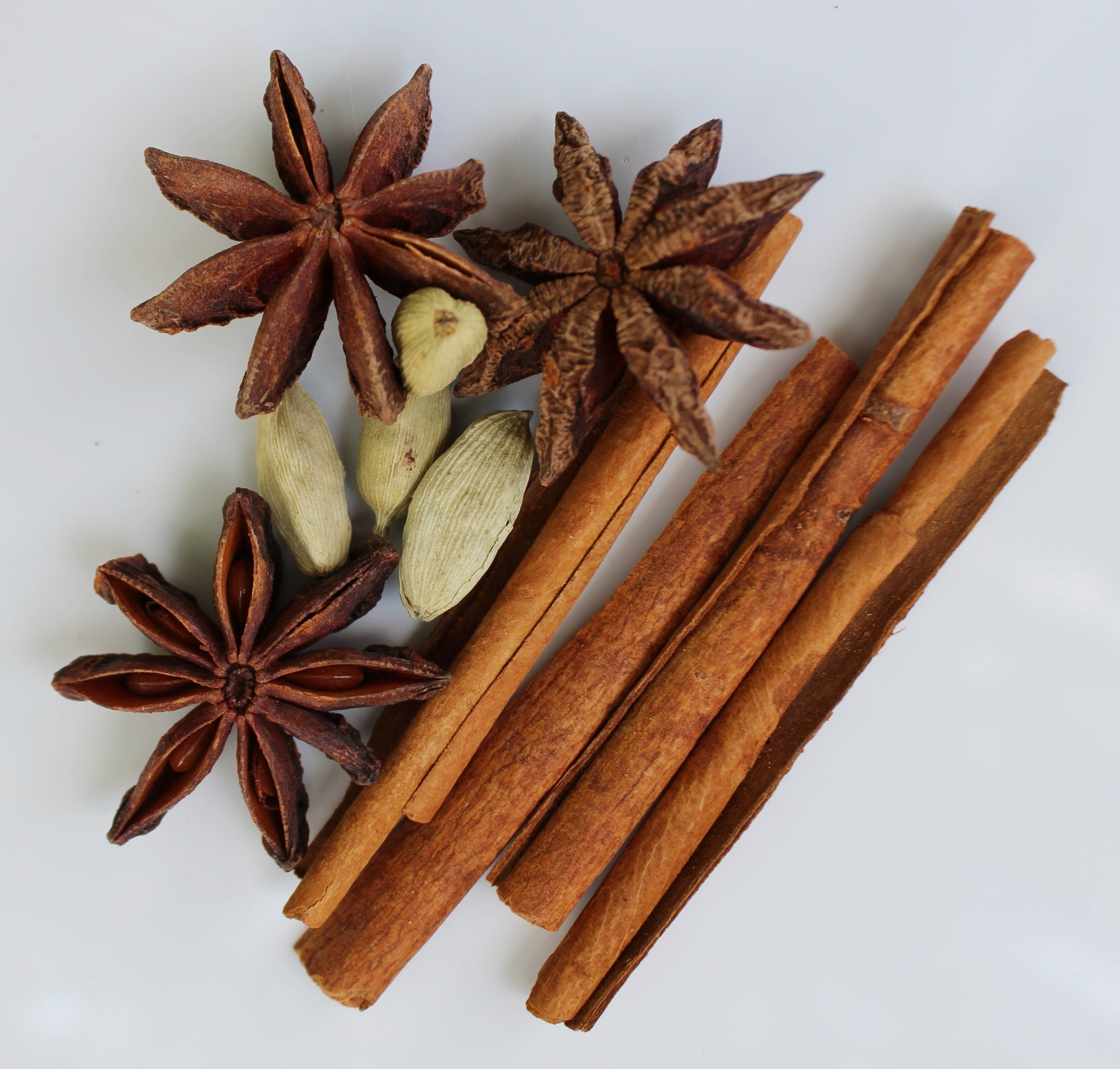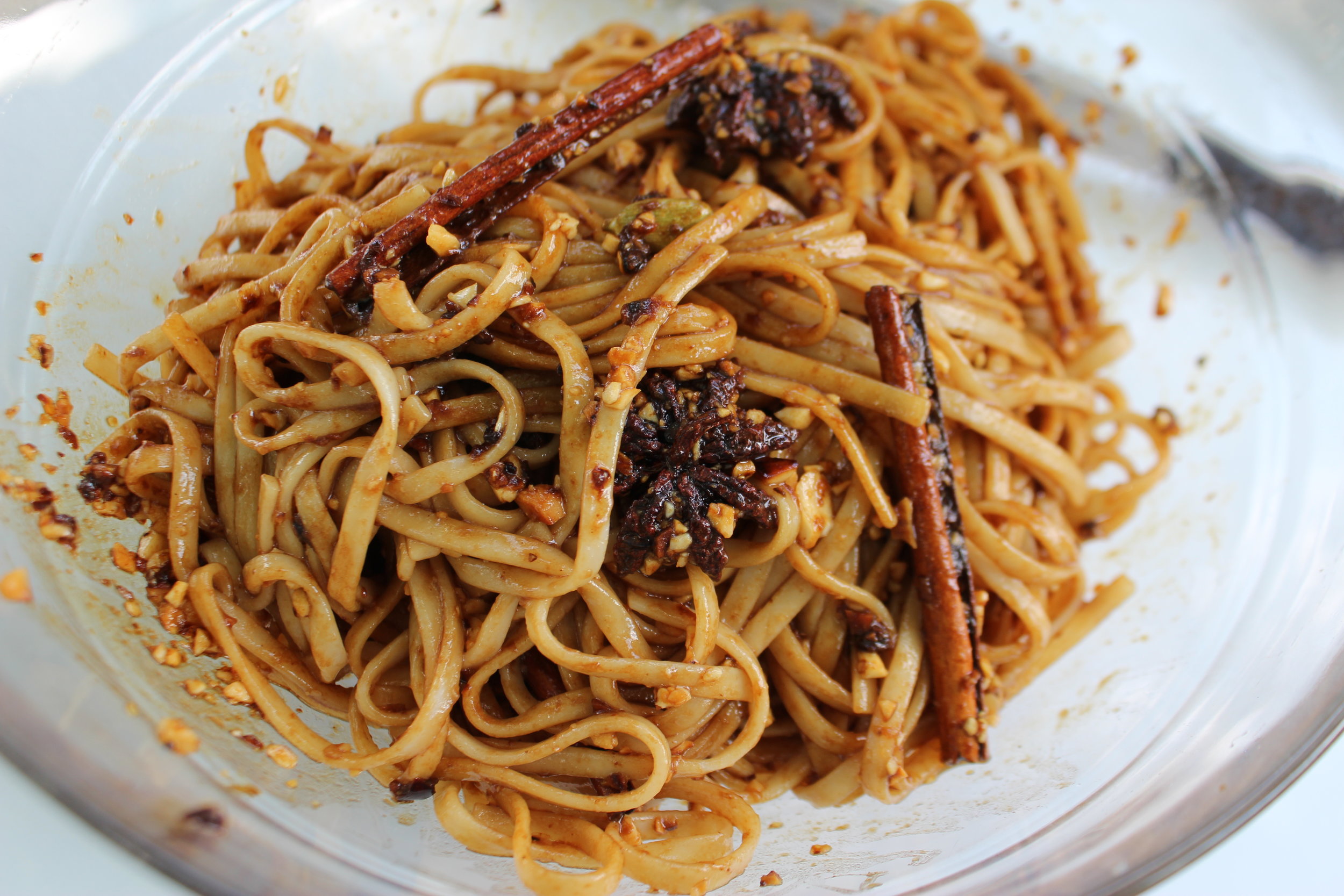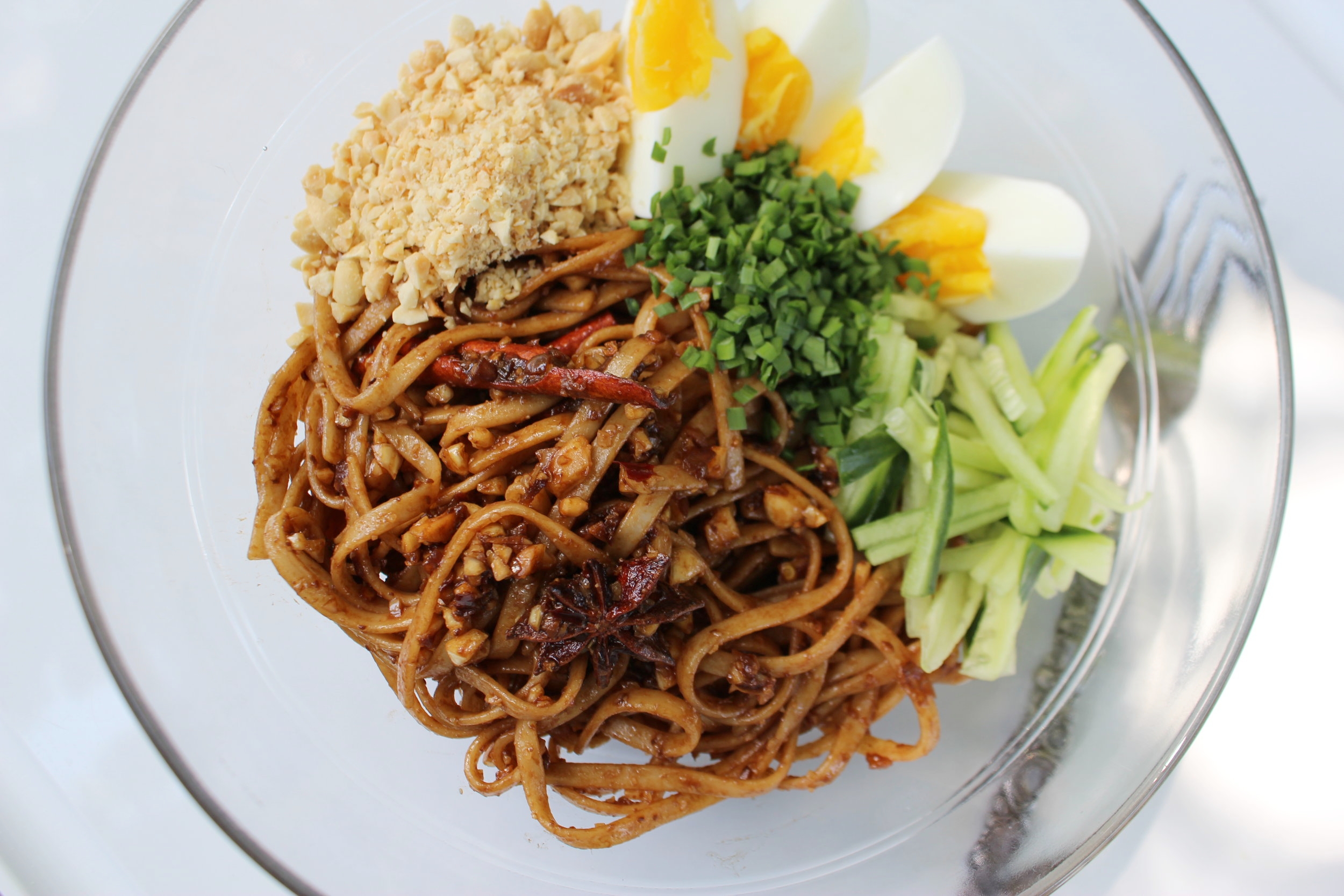Cold Udon with Roasted Black Bean Sauce
Noodles. One of the most magical foodstuffs ever produced by humankind. So much so that claim to their invention is a hot topic. Personally, I think people are smart enough to have invented them in several different places throughout history. We may never know. What is certain is that rich culinary cultures, obsessive in some cases, are centered around the many iterations of the noodle and regionally distinct ways to prepare them.
Lately, I have been tinkering with one ingredient that I love: Korean black bean paste. This black, salty, and deeply flavorful paste is made from fermented black soybeans and comes in roasted and non-roasted varieties. In my research I have found sources recomending that if you use the non-roasted variety, which is possibly more common, you want to gently fry it with a little oil in a pan before adding other sauce components. I picked up the roasted kind and found it was perfect as-is for this cold noodle sauce. I am curious to try the non-roasted type soon. Also, Korean black bean paste supposedly has a different taste from Chinese black bean paste. Yet another thing I have to try soon.
Black bean paste is central to a Korean sauce made for two dishes called Jajangmyeon and Jajang Bap. In the former, the sauce is with noodles, in the latter with rice. Traditionally the sauce is made with diced pork, pork belly, or other meats, though I am breaking from the original by making a cold noodle sauce and adding some whole spices with a warm flavor profile.
Noodles are the perfect blank canvas, vehicles for the flavors of sauces, spices and oils to cling to. When I crave noodles, it's the sauce I am really hungry for. Matching the sauce to the texture and weight of the noodle is also important. I love the chewy, satisfying comfort of udon noodles with the rich spiciness of the sauce in this recipe, but other wheat based Asian noodles will work as well. Crunchy peanuts add texture and flavor along with unrefined peanut oil, where usually you would get fat from the pork belly.
To take this dish into cooler seasons, toss the noodles in the sauce directly after draining and enjoy hot. But in the summer cold noodles are so nice. The paste itself is a startling deep black-brown and can vary in saltiness, so feel free to start with less soy sauce if your paste seems very salty. This recipe has a medium heat level that slowly creeps up on you in a good way. Go bigger or go a little more conservative on the chili flakes depending on your taste.
The sauce is really the main focus of this recipe so follow the steps carefully. Onion and ginger are sauteed in unrefined peanut oil along with the whole spices to impart the flavors in the oil. Add the garlic for just a couple of minutes and be careful not to brown either the onions or the garlic. Chili flakes and peanuts follow for a couple minutes in the pan and then with the pan removed from the heat, add the final ingredients of black bean paste, soy sauce, a little sweetener, and unseasoned rice vinegar.
The accompaniments can vary but I chose a boiled egg for the protein, peanuts, chives, and cool cucumber julienne as a nice contrast to the chili. This recipe makes a rib sticking dinner for two or a light and satisfying lunch for 3 to 4.
I love using whole spices when I can. You can of course substitute a few pinches of ground cinnamon, cardamom, and ground anise seed to achieve a similar sauce, but with whole spices the diner, alerted in advance, can view the spice in its whole form and maybe taste it that way as well as experience it visually. I recommend retrieving the spices and using them as an eye catching garnish.
Noodles above tossed with sauce and served with egg, chives, crushed peanut and cucumber.
Cold Udon with Roasted Black Bean Sauce
Ingredients:
For the sauce:
- 1/2 C unsalted peanuts
- 2 Tbsp minced onion
- 1 Tbsp minced ginger
- 3 Tbsp unrefined peanut oil
- 2 cinnamon sticks, about 2 inches each
- 4 cardamom pods
- 3 whole star anise
- 2 Tsp minced garlic
- 1/2 Tsp chili flakes
- 1 Tbsp plus 1 Tsp Korean roasted black bean paste
- 1 Tsp maple syrup, honey, sugar or other sweetener
- 3 Tbsp rice vinegar (unseasoned)
- 1 Tbsp shoyu or tamari
Other:
- 2, 3.5 oz portions udon
- 1 large egg
- 2 inches cucumber
- 3 Tbsp chives
- 2 Tbsp reserved crushed peanuts (see directions)
Directions:
Begin by prepping the ingredients for the sauce. Use a food processor to pulse the peanuts until they have a crushed texture that will allow many of them to stick to the noodles and incorporate into the sauce. Some slightly larger chunks are ok as well. Set aside 2 Tbsp of these for garnish later.
Mince the onion, ginger, and garlic. Have the whole spices ready. Measure the chili flakes into the peanuts (the amount you have when 2 Tbsp are reserved for garnish). Mix the bean paste with the sweetener, vinegar and tamari or shoyu in a small bowl. When you have the sauce ingredients ready, bring the peanut oil to medium heat in a small sauce pan. Add the onions, ginger and whole spices to the pan and saute until the onions begin to become translucent, about 4 minutes. If the onions are beginning to brown, reduce the heat. Add the garlic and saute one to two minutes, monitoring the heat to avoid browning the garlic as well. Add the peanuts and chili flakes, giving them a minute or two over the heat to toast the peanuts slightly in the oil. Now remove the pan from the heat and add the bean paste, sweetener, vinegar, soy sauce mixture and incorporate well. Set the sauce aside or in the refrigerator to cool.
Bring two quarts of water to a boil. Place two, 3.5 oz portions of udon noodles in the water and stir gently to keep them from sticking. Reduce to a low boil and place one large egg gently in the pot along with the udon. Stir the noodles occasionally and watch to keep them from boiling over. Udon take 8 to 10 minutes to cook. Check them at 8 minutes and decide how chewy you like them. If you drain them at 8 minutes, allow the egg to sit, hot, another 2 minutes and then cool and peel the egg. Rinse the noodles thoroughly in cold running water until they are completely cooled. Shake them in the colander to allow them to drain completely.
While the udon are cooking, rinse and pat dry the chives and chop them finely. You can julienne the cucumbers from 1/4th inch bias cut slices or use a squared off piece (cylinder), cut ribbons from it lengthwise and julienne those pieces. When the egg is done slice it any way you like. Your 2 Tbsp crushed peanuts are reserved from the first step.
When the udon are fully chilled and drained, place them in a bowl large enough to mix. Add the sauce and toss to coat the noodles evenly, divide them into the desired portions and add the accompaniments. Enjoy!
Yield: 2 dinner portions or 3 to 4 lunch portions
